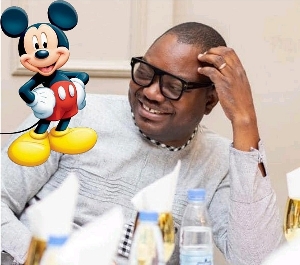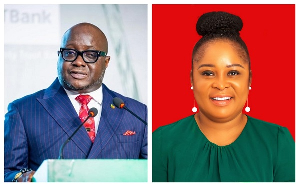There would be 200 million subscribers worldwide to 5G telecom services by the end of 2020.
However, that will exclude Ghana, as telecom firms MTN and Vodafone do not have licenses to operate 5G services.
Together with Busy Internet, they, however, have 4G licenses.
According to the ratings agency, Fitch, the number will rise to almost 4.2 billion subscribers in 2028.
“We expect close to 200 million 5G subscribers by the end of 2020, rising to almost 4.2 billion in 2028. 2020 will be an important year for 5G, because this is where release 16 will be available (frozen in March, completed in June). This will be the first release focusing on the “IIoT” technology”, Fitch said.
The rating agency said its long-term view remains that industry and businesses will be 5G’s main clients, as part of their move toward the 4IR.
“We see two major 5G trends for 2020. The first is the network-sharing. Operators are under financial constraints, and they need to control their costs even as they launch new 5G networks and purchase the relevant spectrum. This is particularly the case in Europe, with many cases of active and passive infrastructure sharing, with Vodafone a key player. The second trend relates to spectrum”, it emphasized.
Fitch said it will take some time for Latin America and sub-Saharan Africa to launch 5G before the regulators make the right frequencies available to the operators.
2019 was the year when 5G entered the mainstream, with 17 countries, including China, South Korea, Germany and the UK, all launching services.
South Korea has been a clear leader thus far, with over 3.5 million subscribers as of September 2019, six months after launch, representing over 5% of all mobile subscribers.
The trend will continue in 2020, with 29 countries launching to bring the total to 54 by the end of the year.
They will include markets such as Japan, France or Canada.
5G is expected to be a key enabler of 4IR developments, but it will not be the only disruptive technology available to industries.
The private sector, together with governments, are beginning to understand what disruptive technologies are, and the need for these technologies to be interconnected to generate greater value.
Click to view details



Business News of Saturday, 21 December 2019
Source: classfmonline.com
5G license subscribers to hit 200m; Ghana excluded
Entertainment

CEO of Caveman Watches ties the knot in private ceremony
Opinions














